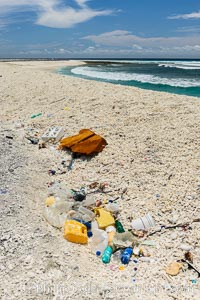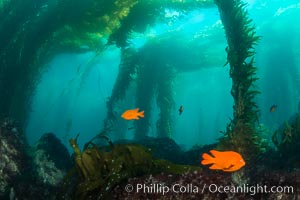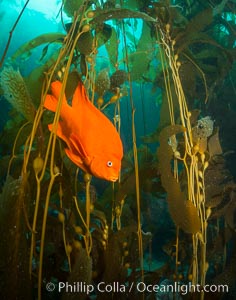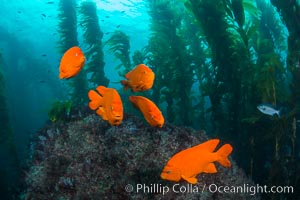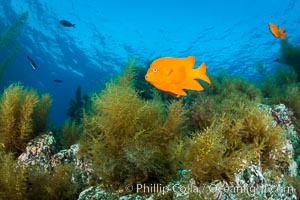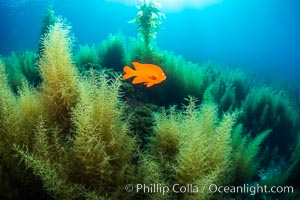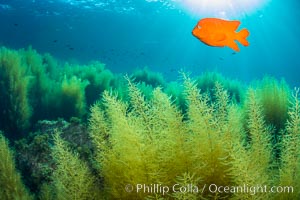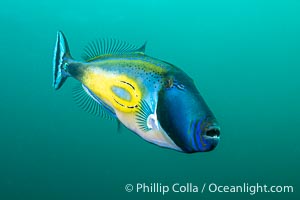
Horseshoe Leatherjacket, Meuschenia hippocrepis, Kangaroo Island, South Australia.
Species: Horseshoe Leatherjacket, Meuschenia hippocrepis
Location: Kangaroo Island, South Australia
Image ID: 39211
Species: Horseshoe Leatherjacket, Meuschenia hippocrepis
Location: Kangaroo Island, South Australia
Image ID: 39211
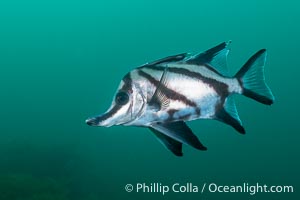
Longsnout Boarfish, Pentaceropsis recurvirostris, Kangaroo Island, South Australia.
Species: Longsnout Boarfish, Pentaceropsis recurvirostris
Location: Kangaroo Island, South Australia
Image ID: 39212
Species: Longsnout Boarfish, Pentaceropsis recurvirostris
Location: Kangaroo Island, South Australia
Image ID: 39212
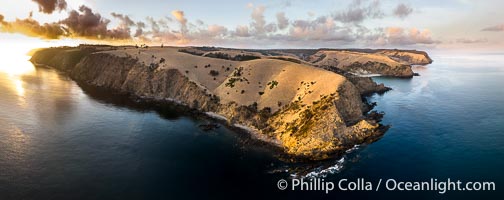
Sunrise on the North Coast of Kangaroo Island, near Western River, South Australia.
Location: Kangaroo Island, South Australia
Image ID: 39213
Panorama dimensions: 200 x 504
Location: Kangaroo Island, South Australia
Image ID: 39213
Panorama dimensions: 200 x 504
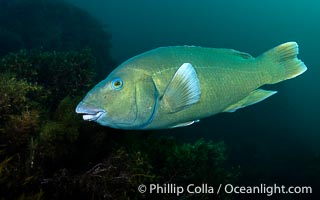
Western Blue Groper, Achoerodus gouldii, Kangaroo Island, South Australia.
Species: Western Blue Groper, Achoerodus gouldii
Location: Kangaroo Island, South Australia
Image ID: 39214
Species: Western Blue Groper, Achoerodus gouldii
Location: Kangaroo Island, South Australia
Image ID: 39214
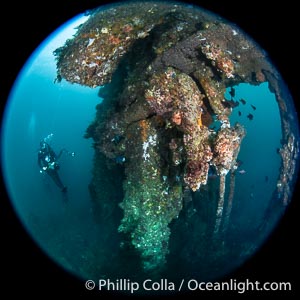
Wreck of the Portland Maru, some structure still visible, Kangaroo Island, South Australia. The Portland Maru was a 117-meter Japanese cargo ship which struck a submerged object and was beached near Cape Borda, Kangaroo Island, on March 19, 1935.
Location: Wreck of the Portland Maru, Kangaroo Island, South Australia
Image ID: 39215
Location: Wreck of the Portland Maru, Kangaroo Island, South Australia
Image ID: 39215
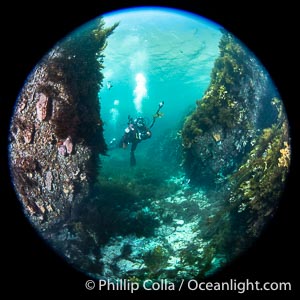
SCUBA Diver Underwater at Kangaroo Island, South Australia.
Location: Kangaroo Island, South Australia
Image ID: 39216
Location: Kangaroo Island, South Australia
Image ID: 39216
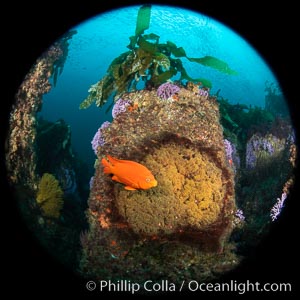
Garibaldi maintains a patch of orange algae (just in front of the fish) to entice a female to lay a clutch of eggs, Farnsworth Banks, Catalina Island.
Species: Garibaldi, Hypsypops rubicundus
Location: Catalina Island, California
Image ID: 37255
Species: Garibaldi, Hypsypops rubicundus
Location: Catalina Island, California
Image ID: 37255
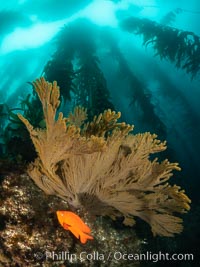
Garibaldi and golden gorgonian, with a underwater forest of giant kelp rising in the background, underwater.
Species: California golden gorgonian, Garibaldi, Hypsypops rubicundus, Muricea californica
Location: San Clemente Island, California
Image ID: 37097
Species: California golden gorgonian, Garibaldi, Hypsypops rubicundus, Muricea californica
Location: San Clemente Island, California
Image ID: 37097
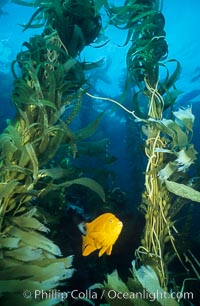
Garibaldi in kelp forest.
Species: Garibaldi, Hypsypops rubicundus, Macrocystis pyrifera
Location: San Clemente Island, California
Image ID: 01055
Species: Garibaldi, Hypsypops rubicundus, Macrocystis pyrifera
Location: San Clemente Island, California
Image ID: 01055
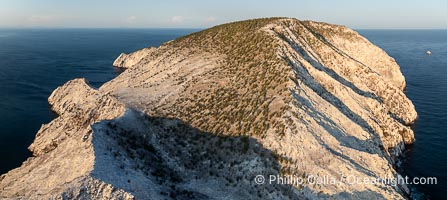
Isla San Pedro Martir at sunset with extensive forest of Cardon Cactus seen on the summit ridge of the island, aerial photo, Sea of Cortez, Mexico. San Pedro Martir Island and its marine life are, since 2002, part of the San Pedro Martir Biosphere Reserve, and is regarded as a natural laboratory of adaptive evolution, similar to that of the Galapagos Islands. It is home to 292 species of fauna and flora (both land-based and aquatic), with 42 species protected by Mexican law, and 30 listed on the Red List of Threatened Species. San Pedro Martir is also unique in the area for its year-round quantity of birds. The island is the only island in the area with a perpetually swirling cloud of sea birds. This is because the water around the island, has some of the most successful marine productivity in the world.
Species: Cardon cactus, Elephant cactus, Pachycereus pringlei
Location: Isla San Pedro Martir, Sonora, Mexico
Image ID: 40398
Species: Cardon cactus, Elephant cactus, Pachycereus pringlei
Location: Isla San Pedro Martir, Sonora, Mexico
Image ID: 40398
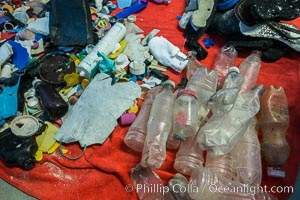
Plastic Debris, Sorted and Cataloged for Study, Clipperton Island.
Location: Clipperton Island, France
Image ID: 33104
Location: Clipperton Island, France
Image ID: 33104
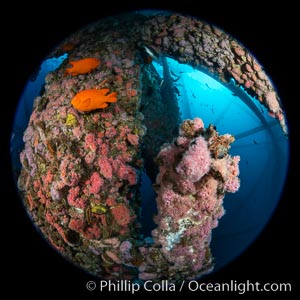
Oil Rig Ellen and Elly with invertebrate life growing on it and fish swimming around.
Location: Long Beach, California
Image ID: 34668
Location: Long Beach, California
Image ID: 34668
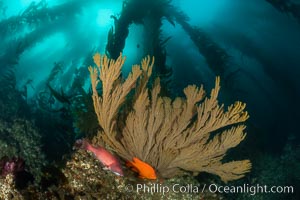
Sheephead wrasse, Garibaldi and golden gorgonian, with a underwater forest of giant kelp rising in the background, underwater.
Species: California golden gorgonian, Garibaldi, Hypsypops rubicundus, Muricea californica
Location: San Clemente Island, California
Image ID: 37093
Species: California golden gorgonian, Garibaldi, Hypsypops rubicundus, Muricea californica
Location: San Clemente Island, California
Image ID: 37093
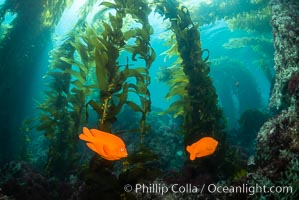
Garibaldi in kelp forest, Catalina Island.
Image ID: 37145
Image ID: 37145
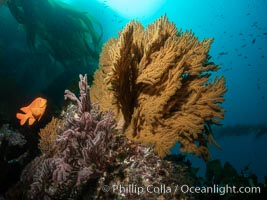
Garibaldi and golden gorgonian, with a underwater forest of giant kelp rising in the background, underwater.
Location: Catalina Island, California
Image ID: 37154
Location: Catalina Island, California
Image ID: 37154
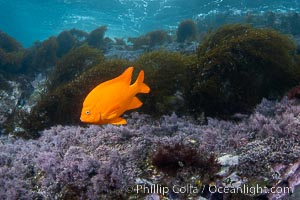
Garibaldi swimming over algae and reef, Coronado Islands, Mexico.
Location: Coronado Islands (Islas Coronado), Baja California, Mexico
Image ID: 38622
Location: Coronado Islands (Islas Coronado), Baja California, Mexico
Image ID: 38622
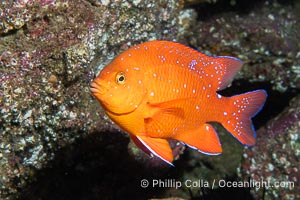
Juvenile garibaldi, vibrant spots distinguish it from pure orange adult form.
Species: Garibaldi, Hypsypops rubicundus
Location: Catalina Island, California
Image ID: 40528
Species: Garibaldi, Hypsypops rubicundus
Location: Catalina Island, California
Image ID: 40528
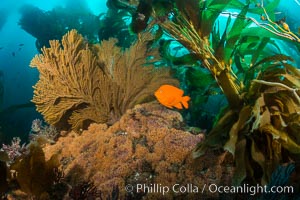
Garibaldi and golden gorgonian, bryozoans, with an underwater forest of giant kelp rising in the background, underwater.
Location: Catalina Island, California
Image ID: 34169
Location: Catalina Island, California
Image ID: 34169
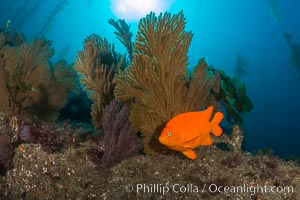
Garibaldi and golden gorgonian, with a underwater forest of giant kelp rising in the background, underwater.
Species: California golden gorgonian, Muricea californica
Location: Catalina Island, California
Image ID: 34216
Species: California golden gorgonian, Muricea californica
Location: Catalina Island, California
Image ID: 34216
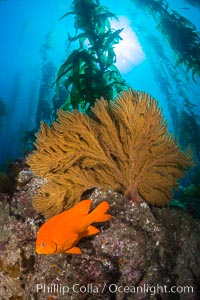
Garibaldi and golden gorgonian, with a underwater forest of giant kelp rising in the background, underwater.
Species: California golden gorgonian, Muricea californica
Location: Catalina Island, California
Image ID: 34218
Species: California golden gorgonian, Muricea californica
Location: Catalina Island, California
Image ID: 34218
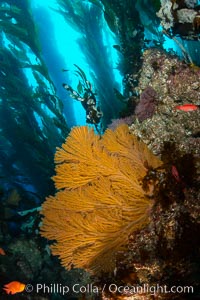
California golden gorgonian on underwater rocky reef, Catalina Island. The golden gorgonian is a filter-feeding temperate colonial species that lives on the rocky bottom at depths between 50 to 200 feet deep. Each individual polyp is a distinct animal, together they secrete calcium that forms the structure of the colony. Gorgonians are oriented at right angles to prevailing water currents to capture plankton drifting by. Catalina Island, California, USA.
Species: California golden gorgonian, Muricea californica
Location: Catalina Island, California
Image ID: 34622
Species: California golden gorgonian, Muricea californica
Location: Catalina Island, California
Image ID: 34622
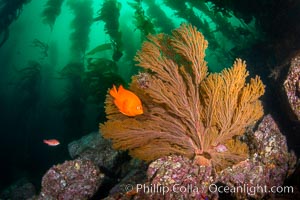
California golden gorgonian on underwater rocky reef, Catalina Island. The golden gorgonian is a filter-feeding temperate colonial species that lives on the rocky bottom at depths between 50 to 200 feet deep. Each individual polyp is a distinct animal, together they secrete calcium that forms the structure of the colony. Gorgonians are oriented at right angles to prevailing water currents to capture plankton drifting by. Catalina Island, California, USA.
Species: California golden gorgonian, Muricea californica
Location: Catalina Island, California
Image ID: 34624
Species: California golden gorgonian, Muricea californica
Location: Catalina Island, California
Image ID: 34624
